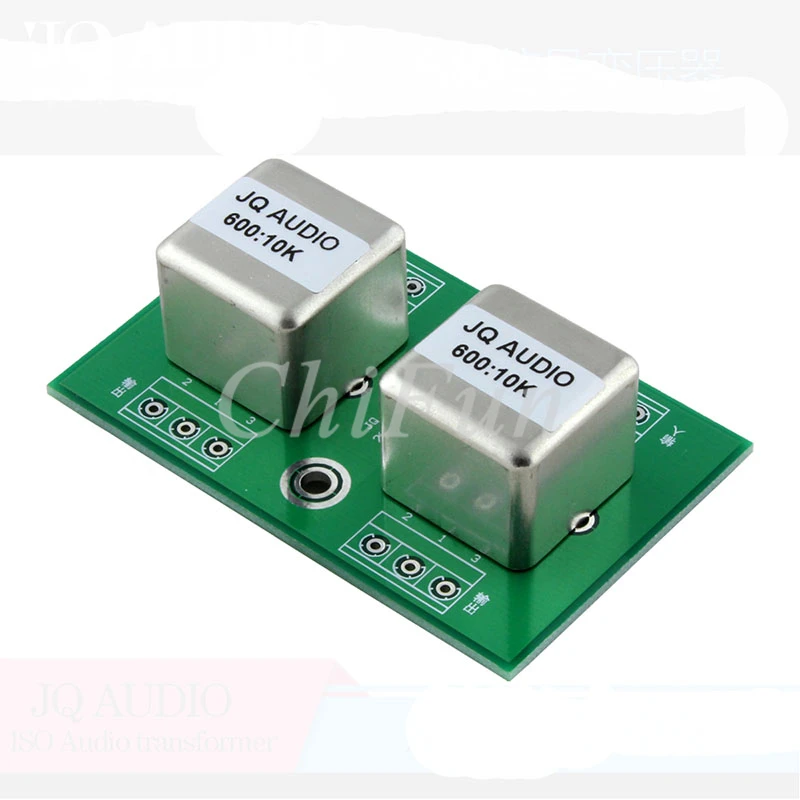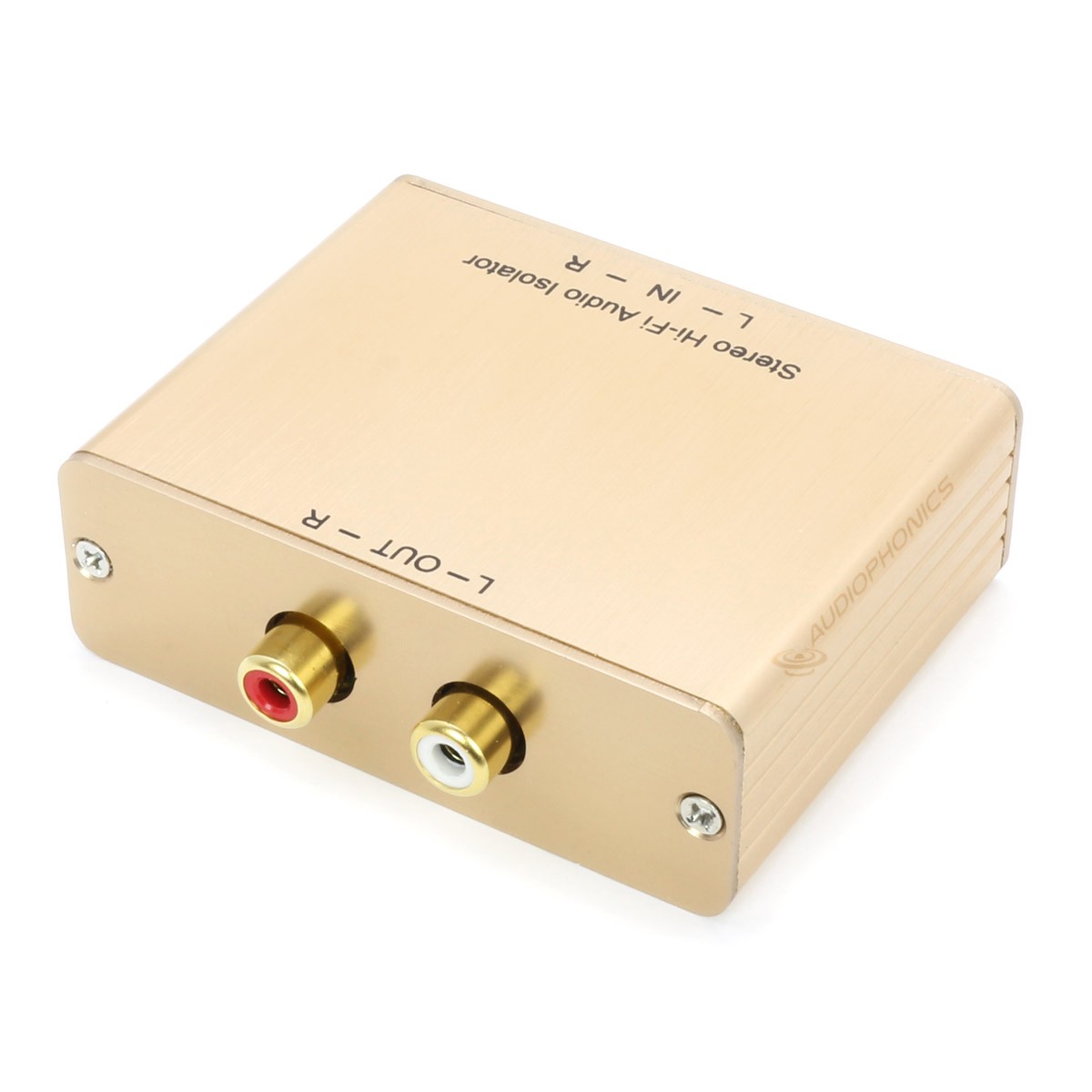

- #Audio isolator transformer module how to
- #Audio isolator transformer module serial
- #Audio isolator transformer module software
- #Audio isolator transformer module Pc
Radio CAT, CW keyer, rotor controller, etc.
#Audio isolator transformer module serial
#Audio isolator transformer module software
Of the specific radio, software packages, and modes desired. Nearly everything can be adjusted to best suit the needs The kit provides the same key features of the SignaLink, but with a number of Prototype is also described, with the various components assembled into small modules. The device is described below as a "software kit," with schematics for simpleĬircuits and the firmware needed to bring it all together. WithĪ bit of firmware work, and a few external components, I was able to make it exactly what On hand to make an equivalent device, with more options and features, a better audio codec,Īnd best yet, much less expensive-weighing in at just under $50. What I discovered was that I already had all the hardware I recently found myself in need of a SignaLink-likeĮspecially on short notice. In recent years provides some nice building blocks for those who enjoy building simple Providing an open-collector output for PTT, FSK or CW keying. It does this by emitting a high-frequency, high-duty-cycle tone on the right channel, which Other interfaces have been developed for more precise control of CW and FSKįrom the right channel of a stereo sound device to provide tightly-timed keying pulses. Transition to analog audio, the T/R control, and the DC isolation between the radio
#Audio isolator transformer module how to
Know how to drive a generic AC97 USB sound device. The idea behind the SignaLink is that the computer or mobile device only needs to Hardware interface to control keying and audio can be an easy way to getĪ solid, reliable control of any radio from any computer. It into operating systems and software releases. Libraries for radio control are often out-of-date by the time they make Radios, and the support that exists is sometimes buggy. Many digital mode software packages have limited (or no) support for newer Provide more stable functionality than that offered by the radio. Most widely-supported methods across digimode software packages-withoutĮxternal interface hardware. Radios support RTS/DTR or audio-driven keying of PTT, FSK, or CW-the Meaning that digimode tones can't operate the VOX circuit. Some radio models don't support VOX operation on their line input port, Provide more functionality than offered by the radio's USB port. The radio transmitter from the computer driving it can often solve or minimize Residental amateur installations often have toĬontend with ground loops, EMI caused by strong RF fields, etc.


Reasons: Electrical isolation between the radio and computer. Still often desirable to use an external interface device for any number of

Many newer radios provide some of these functions via
#Audio isolator transformer module Pc
It may also be necessary to electrically isolate theĬonnections between the PC and radio, to prevent Involves bidirectional audio, transmit/receive (T/R) control, and sometimes hardware keyingįor CW or RTTY operation. Unlike most consumer audio devices, interfacingĪ computer to a radio transceiver involves more than just raw audio. Modes, setting up a modern station will eventually mean tying one's PC, tablet, or smart AnyRig Prototype Figure 1: Prototype Block Diagram Figure 2: Output Module Flow Diagram Figure 3: MOSFET PTT/Key Interface Circuit Figure 4: Optoisolated PTT/Key Interface Figure 5: Transmit Audio Isolator Figure 6: Receive Audio Isolator Figure 7: Teensy 3.2 Default Connections Figure 8: Teensy Audio Default Connections Figure 9: Hardware Audio Level Control Figure 10: Prototype Detail (Left) Figure 11: Prototype Detail (Right) In Search of a Better Digimode InterfaceĪmateur radio operation is increasingly about digital modes.


 0 kommentar(er)
0 kommentar(er)
